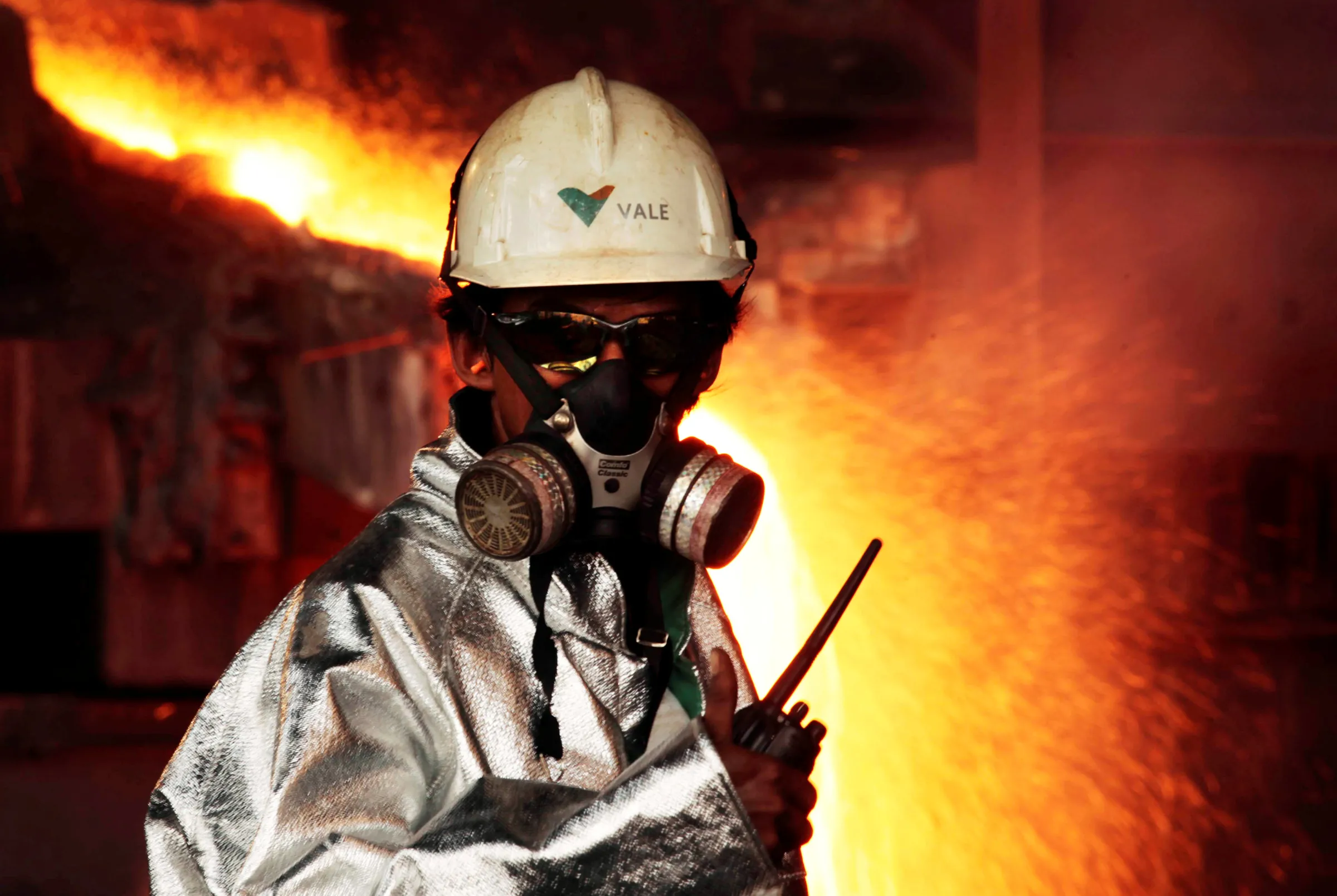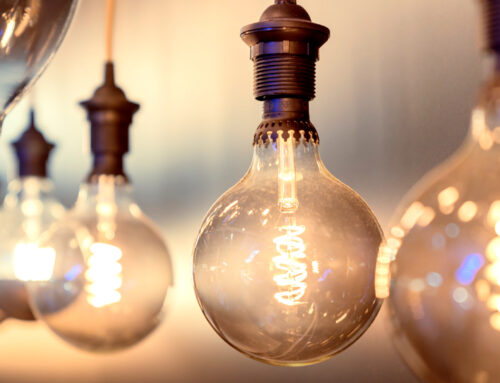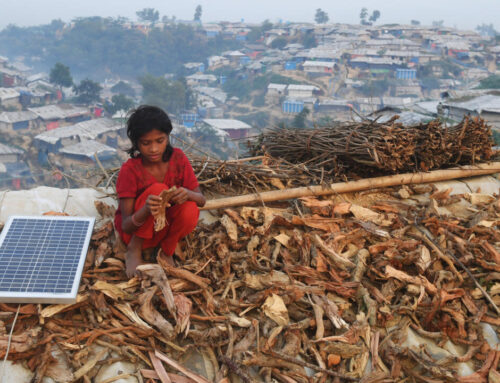Indonesia’s nickel mining for EV boom threatens environment
June 26, 2025

explainer
A worker monitors the nickel melting process at a nickel smelter of PT Vale Tbk, near Sorowako, Indonesia, January 8, 2014. REUTERS/Yusuf Ahmad
What’s the context?
Indonesia leads global nickel production, used in electric vehicle batteries, but locals face pollution and ecological harm.
BANDUNG, Indonesia – With abundant resources of critical minerals, Indonesia is the world’s top producer of nickel, a metal considered crucial to meeting global demand for electric vehicle batteries.
Last year, it produced around 2.2 million tonnes, or nearly 60% of global output of the metallic element, according to the United States Geological Survey in March.
The largest country in Southeast Asia, Indonesia has a ban on exporting nickel ore, requiring raw materials to be processed into products domestically to maximise economic returns and jobs from its vast mineral wealth.
But environmental activists say there is a catch. Indonesia is also home to much of the world’s biodiversity, and its tropical forests, coastal mangroves and other natural treasures are under threat from mining.
Why is demand for Indonesia’s nickel increasing?
As the global transport sector shifts from fossil fuels to clean energy, global demand for EV batteries has been rising sharply – up 25% between 2023 and 2024, the International Energy Agency (IEA) has said.
The use of nickel in EV batteries is increasing, with the share rising from just 2% in 2017 to 10% in 2022, according to IEA data.
Other countries are stepping up efforts to secure a critical mineral supply, including the European Union’s Critical Raw Materials Act and U.S. President Donald Trump’s deal with Ukraine on preferential rights to extraction.
Indonesia’s nickel sector has rapidly expanded in response to global demand, with non-tax revenue jumping from 35 trillion rupiahs ($2.1 billion) in 2020 to 172 trillion rupiahs in 2023, according to the Ministry of Energy and Mineral Resources.
What nickel reserves does Indonesia have?
The largest nickel reserves are located on Sulawesi Island, with an estimated 2.6 billion tonnes of ore, followed by the provinces of North Maluku and Maluku with 1.4 billion tonnes, and Papua with 60 million tonnes, according to the Ministry of Energy and Mineral Resources.
Most of Indonesia’s nickel deposits lie in layers of rock near the surface, typically six to 15 metres deep – making open-pit mining more economically viable than underground methods.
This approach does not require tunnels or complex infrastructure, allowing for large-scale production at relatively low cost.
However, the method carries significant environmental risks, including deforestation, soil degradation and water pollution due to the removal of topsoil, according to a 2025 study in the Sustainability journal.
What are the other environmental impacts?
According to Nusantara Atlas, a non-profit that tracks deforestation, nickel mining has directly caused the loss of around 193,830 hectares of forest, with an additional 5,031 hectares cleared for smelter development between 2000 and 2023.
In central and eastern Halmahera island in North Maluku, the destruction of tropical forests has resulted in an estimated 2 million metric tonnes of carbon dioxide equivalent in emissions, according to U.S. non-profit Climate Rights International.
Further south in the province, residents of Kawasi village have reported a rise in respiratory infections and concerns over drinking water quality and damage to marine ecosystems, according to the Environmental Justice Atlas, a project led by researchers at the Autonomous University of Barcelona.
Context is powered by the Thomson Reuters Foundation Newsroom.
Our Standards: Thomson Reuters Trust Principles
Search
RECENT PRESS RELEASES
Related Post













